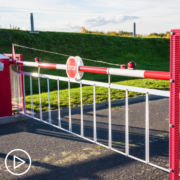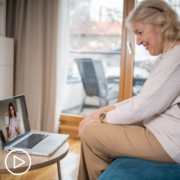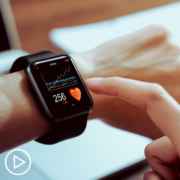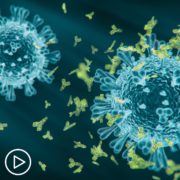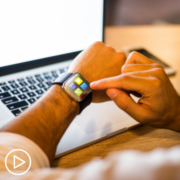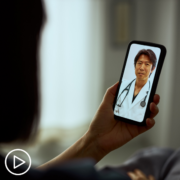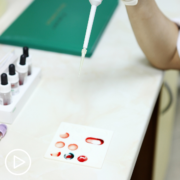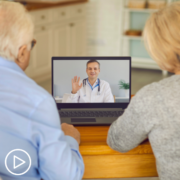Myeloproliferative Neoplasm Financial and Care Resources
Myeloproliferative Neoplasm Financial and Care Resources from Patient Empowerment Network on Vimeo.
Some myeloproliferative neoplasm (MPN) patients may run into care barriers, so what can be done to help them? Expert Natasha Johnson from Moffitt Cancer Center shares her perspective on how she assists MPN patients with resources and how healthcare providers can help in overcoming care barriers.
[ACT]IVATION TIP
“…Let the healthcare team know, especially the great players here that are helpful are the nurses involved in the care team and the pharmacist who know of these outside resources to provide financial assistance so patients can get medication.”
Related Resources:

How Can Myeloproliferative Neoplasm Care Barriers Be Overcome? |

How Can MPN Providers and Patients Guard Against Disease Progression? |

|
Transcript:
Natasha Johnson:
When I’m speaking to MPN patients or caregivers about barriers, I really try to provide resources. All it takes is a Google search to look up the MPN Foundation or many other organizations that provide education. They provide direction to reach MPN experts. There are ways to get ahold of them and see them. Visits can be done through Zoom. Some large cancer centers even do charity care, so patients can get in who do not have insurance, but I would provide those resources whether I’m seeing that patient or I’m in the community teaching or at a supportive care group. I think it’s very, very important that patients need to know that they can access care, and it’s by researching, doing some research and being active in that care.
Secondly, when I’m speaking to patients about issues with medication costs, which can be a great barrier, my activation tip to them again, would be to let the healthcare team know, especially the great players here that are helpful are the nurses involved in the care team and the pharmacist who know of these outside resources to provide financial assistance so patients can get medication.
It’s very important, don’t let it be a barrier or stop anything or stop treatment, but pursue that by making us aware and then we can help you.
Share Your Feedback
Create your own user feedback survey

